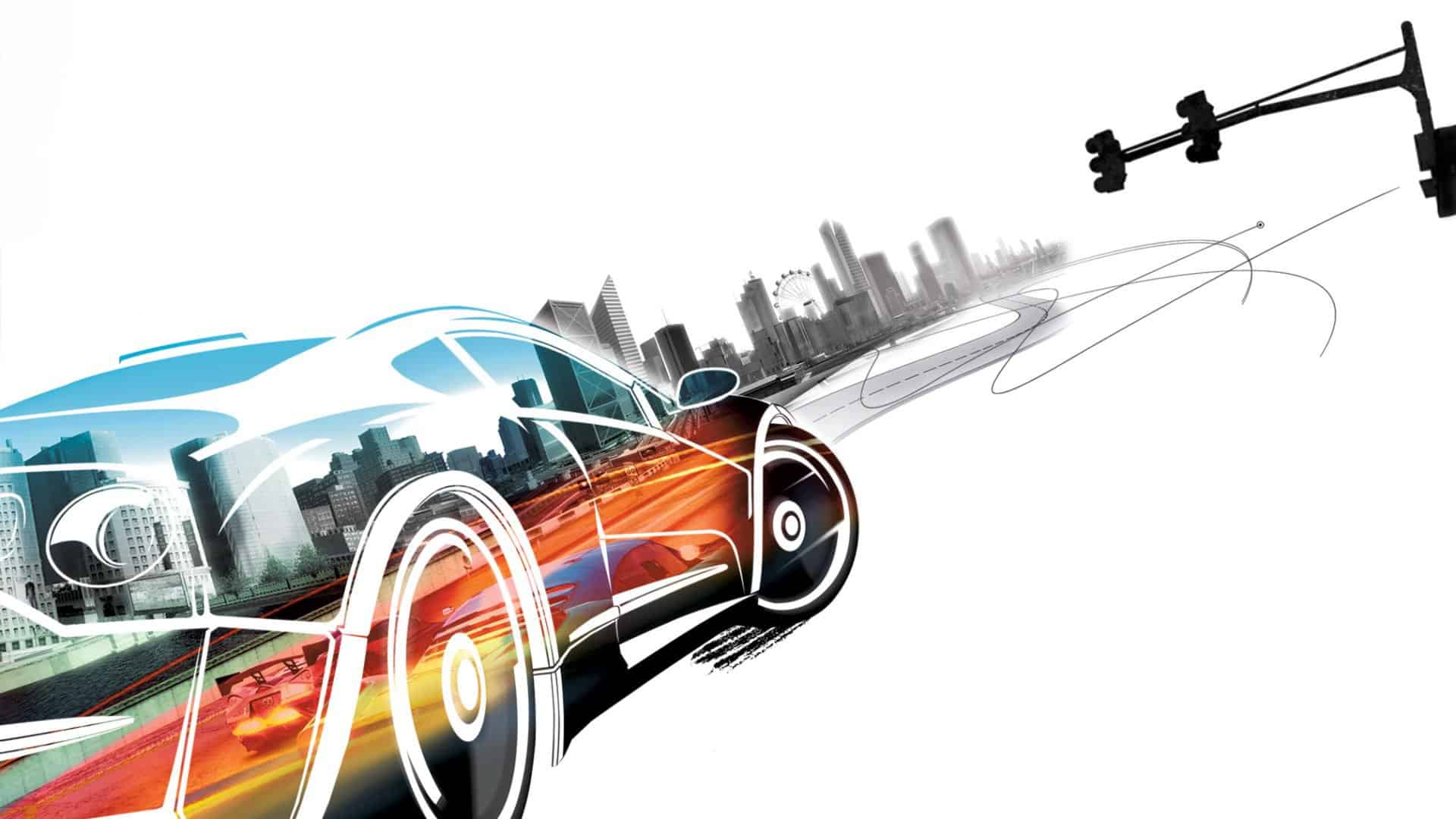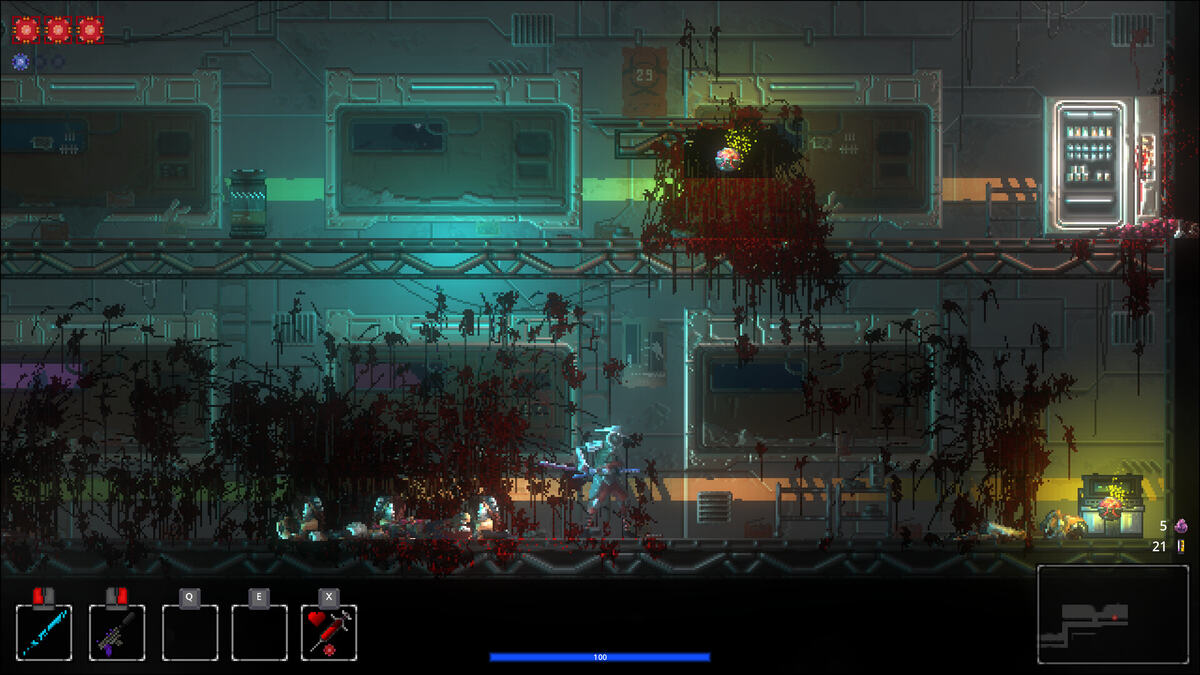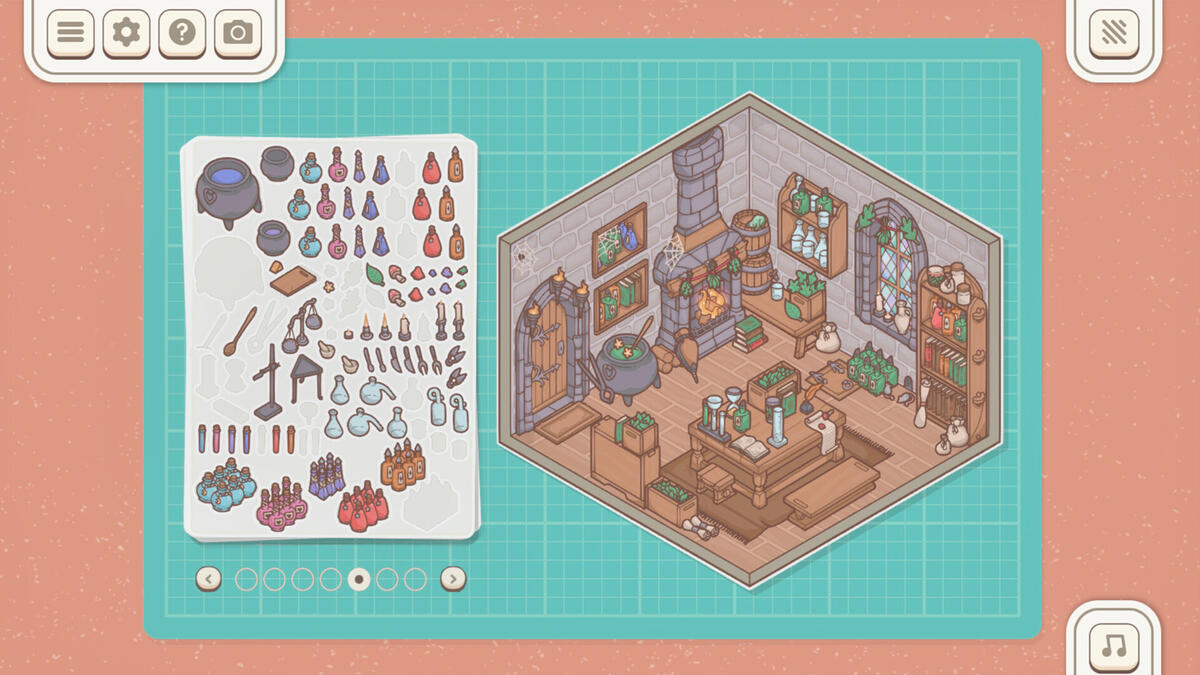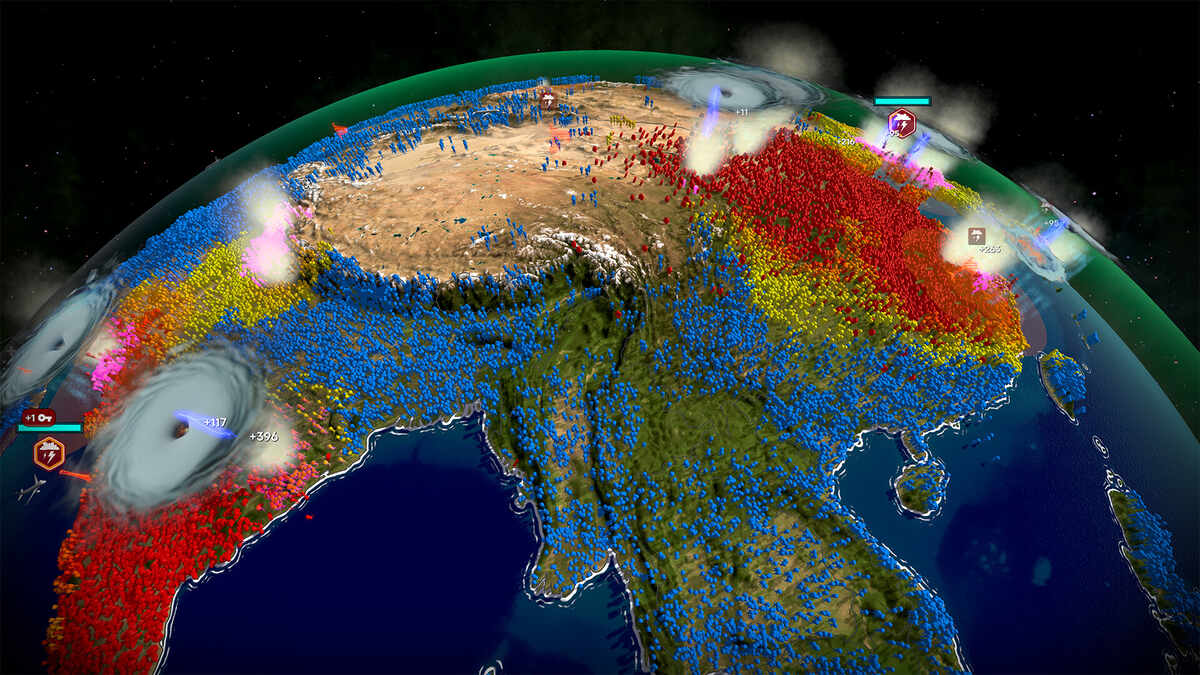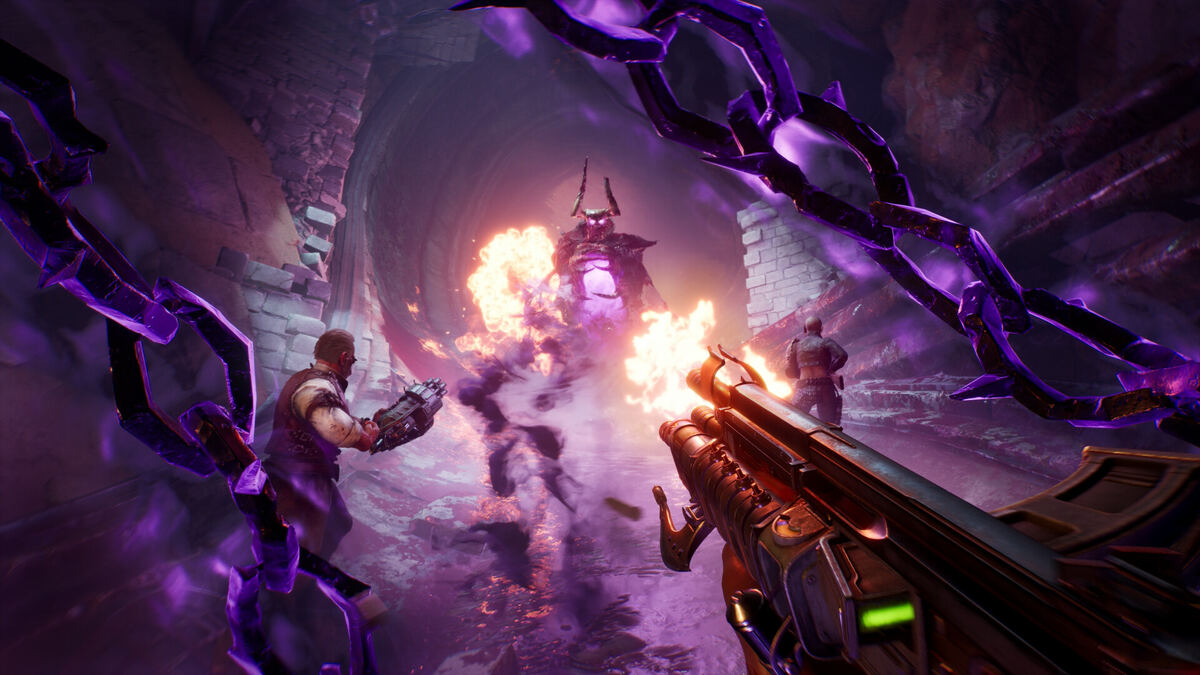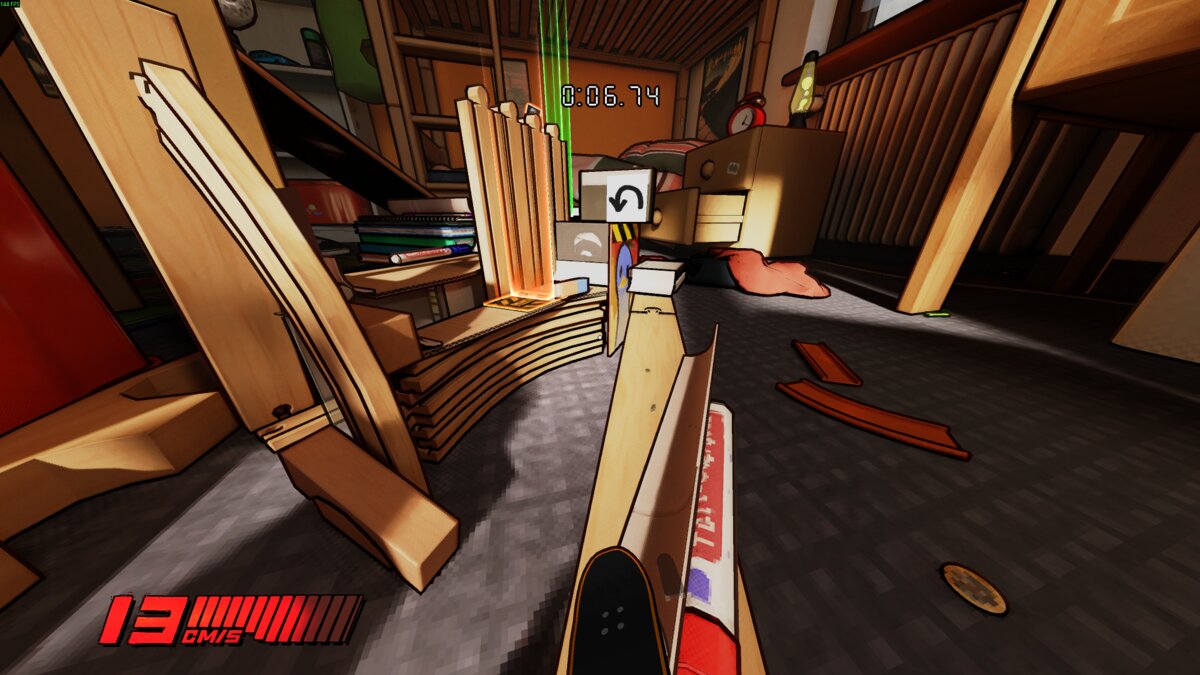You can trust VideoGamer. Our team of gaming experts spend hours testing and reviewing the latest games, to ensure you're reading the most comprehensive guide possible. Rest assured, all imagery and advice is unique and original. Check out how we test and review games here
To many people EA are the McDonald’s of video games. They are often viewed as some soulless super-corporation, farming out games without a thought, obsessed with sequels and licenses and uninterested in innovation. While there’s a grain of truth to some of those accusations, in recent months the publisher has provided us with both invigorating and revolutionary new IP, and sequels that have rejuvenated tired old series’. From Skate to FIFA 08, Electronic Arts has done much to improve its image over the past year.
But still it is hard to be overly optimistic about the new Burnout game. The series has had its ups and downs, but if anything its stable mate and rival Need for Speed is to blame for any of the scepticism currently stock piled for Burnout Paradise. ProStreet is such a disappointment to so many that it makes even the most ordinary racer seem exciting, and as a result any enthusiasm for EA’s automotive offerings has become a little muted.
For exactly that reason, it’s a pleasure to discover upon spending a couple of hours with a near final version that Burnout Paradise is actually looking and playing like the perfect sequel. To a certain extent it both reinvents the series and remains faithful to everything that is Burnout, and it is already looking like a very nice contribution to the now long running series of games.
If you don’t know Burnout well, it is easy to grasp what has made them so popular. Quite simply, they make the serious racer immensely fun. While they swerve far from the likes of the cartoonish excess of Excite Truck or Grand Theft Auto’s lavish Hollywood-style handling, the Burnout games are anything but sedate. The emphasis is on driving dangerously fast against the flow of the traffic, weaving in and out of passing vehicles, touching wing mirrors with trucks and generally leaving realism behind faltering at the starting grid.
All of that returns to Paradise, but this time around the developers have created a reasonably vast open-world city, and when they say open-world, they mean it. Using a completely rebuilt game engine, after the initial boot-up there are no loading screens. Aside from pausing the game and changing your cars there are no menus at all. Most impressive of all though, and rather intriguing, is the decision to make every single one of the 120 missions available from the beginning of the game. It’s a confident and unusual design choice by Criterion, but it’s one that might just work.
Instead of visiting back streets and chatting with locals, you can start missions by simply pulling up at any junction. Each is colour coded on the map to indicate the mission type available, allowing you to pick and choose your way through the game dependent on the car you have and the missions you favour.
There are various kinds of missions, from ordinary races with a start and finish point but no set course, to Road Rage, where you have to take down as many cars as you can within time limits. As well as the ‘junction’ missions there are two individual challenges for each and every separate stretch of road. Tapping the d-pad selects one of two ‘road rules’ tasks, where you must either break a preset speed record for the stretch of road, or bounce down the road in a continuous roll, crushing as many civilian vehicles as you can. Of course, offline and online records are in place for these sub-missions.
Most enticing are the Stunt Runs though, which require you to achieve a maximum score in a time limit. Points are rewarded for jumps, rolls, spins and slides, while smashing scenery and chaining tricks with your boost both chains a combo and ups the score multiplier. These runs require a delicate balance of pace and strategy, as you plot a course that is as packed with as many jumps and drops as possible.
For all these various tasks there are dozens of different vehicles available to unlock, which are divided into three types. The first is the fairly self-explanatory Speed Car, which is fast and light, but rather weak. Next is the agile and strong Stunt Car, which is perfect for launching into the air. Last up comes the Aggression Car; built slow and strong, and perfect for crushing you automotive rivals. The cars themselves are fictional and stylish, and feature some quite astonishing crash damage. While they are easy to unlock, they remain unplayable until you spot one on the streets and destroy it with a swift ramming. Your own vehicles do respawn if they are written off, but most take a considerable pounding before they are totalled.
There are also numerous subtle and tidy innovations that add a great deal to the experience, and most importantly, maintain both the sense of a totally open world and Burnout’s thrilling speed. Passing through a repair shop or boost-replenishing petrol station doesn’t require you to stop or even slow down. You can quit any event by simply pulling over to the side and remaining stationary for a couple of seconds. A vast myriad of collectable destructible targets reveal a seemingly infinite and utterly necessary maze of back roads and shortcuts that open up the map into a speed freak’s paradise. The list goes on.
There’s also an appealing focus in the online game on playing with friends. Calling up a friends list allows you to drop in and out of multiplayer games from the single-player game with impressive and apparently seamless fluidity, negating the need for a lobby, and there’s a wonderful tool for capturing the mug shots of your defeated friends that you can collect in a personal treasure trove of victories. There is an abundance of creative co-operative goals, and a wealth of more typical racing options for the ‘hardcore’ online racing fan.
There’s also some curious niggles that might make extended play a little less appealing. The junction system means that if you fail a mission you must endure driving all the way back to have another go, or hop randomly from one to another; a tiny problem that may feel like a monster when you are tackling the tougher of challenges. The simplicity of the online system seems a little too good to be true, and constantly revisiting junkyards to change your car to one more suitable for an individual mission may become tiresome.
However, Paradise city looks like a fantastic place to go driving. It is a sun-kissed hotchpotch of modern Americana, and its winding roads and crowded highways make for perfect Burnout fare. Its combination of realism and more stylised elements give it a feel not dissimilar to the movie Bullit, and it creates definite Burnout playability that is both distinct from and comparable to Flatout: Ultimate Carnage and GTA. Paradise isn’t without its poisoned apples, but compared to the brash ugliness of ProStreet it looks like a great place to waste some rubber and guzzle fuel.
Burnout Paradise
- Platform(s): Nintendo Switch, PC, PlayStation 3, PlayStation 4, Xbox 360, Xbox One
- Genre(s): Arcade, Racing
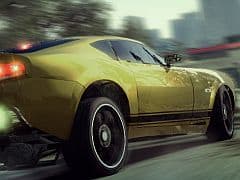
/https://oimg.videogamer.com/images/7607/burnout_5_30.jpg)
/https://oimg.videogamer.com/images/fdc1/burnout_5_23.jpg)
/https://oimg.videogamer.com/images/bcaf/burnout_5_19.jpg)
